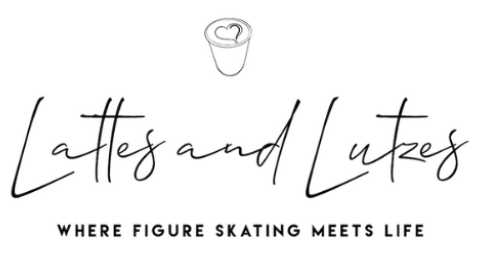How to Discover Community, Connection, and Flow with IceFlow

Why would someone willingly wake up at 6 a.m. on a Sunday to skate outdoors in the cold? The answer lies in the joy of community, movement, and a shared experience that transcends individual skating goals. IceFlow, a unique yoga-inspired skating class, brings together adult skaters of all levels to stretch, breathe, and glide as one, creating a harmonious and energizing start to the day.
An Opportunity for Every Skater
IceFlow offers something for everyone. From beginners finding their balance on the ice to competitive skaters seeking a refreshing change of pace, the beauty of this class lies in its simplicity. Unlike traditional skating drills or intense training sessions, IceFlow emphasizes easy, flowing movements synchronized with music. Participants engage in gentle stretches, frequent breathing reminders, and smooth glides that encourage relaxation and fluidity on the ice.
It’s About More Than Skating
IceFlow is more than a fitness class—it’s a celebration of connection. Skaters move together, sharing a sense of unity as they flow through graceful movements under the morning sky. The feeling of belonging and camaraderie grows as participants glide in harmony. With the early morning sun peeking over the Boston skyline, crisp air filling their lungs, and a peaceful atmosphere surrounding them, each session becomes a mindful and tranquil experience.
The Vision Behind the Movement
IceFlow was founded by Elin Schran, who envisioned a skating experience rooted in ease and fluidity rather than competition. Her concept blends the principles of yoga with the joy of gliding, creating a holistic approach that nurtures both body and mind. Schran’s passion for inclusivity shines in every session, where skaters are encouraged to embrace their unique rhythm and find personal joy on the ice. Her vision fosters a love of skating and strengthens connections within the community.
Why Does It Matter?
For adult skaters, finding opportunities for connection and movement without a focus on technical progression or competition results is invaluable. IceFlow offers a rare chance to savor the simple pleasures of skating while building relationships and fostering a supportive community. The experience leaves participants feeling refreshed, grounded, and ready to face the day with renewed energy.
So, the next time your alarm rings before sunrise on a chilly Sunday morning, remember the magic waiting at the rink. IceFlow is more than a skating class—it’s an invitation to connect, flow, and find joy on the ice together.
Learn more about IceFlow classes near you. If you are in the Boston area there are two more classes on the Boston Common Frog Pond on Sunday Jan 26th and Feb. 9th at 7:30am.





